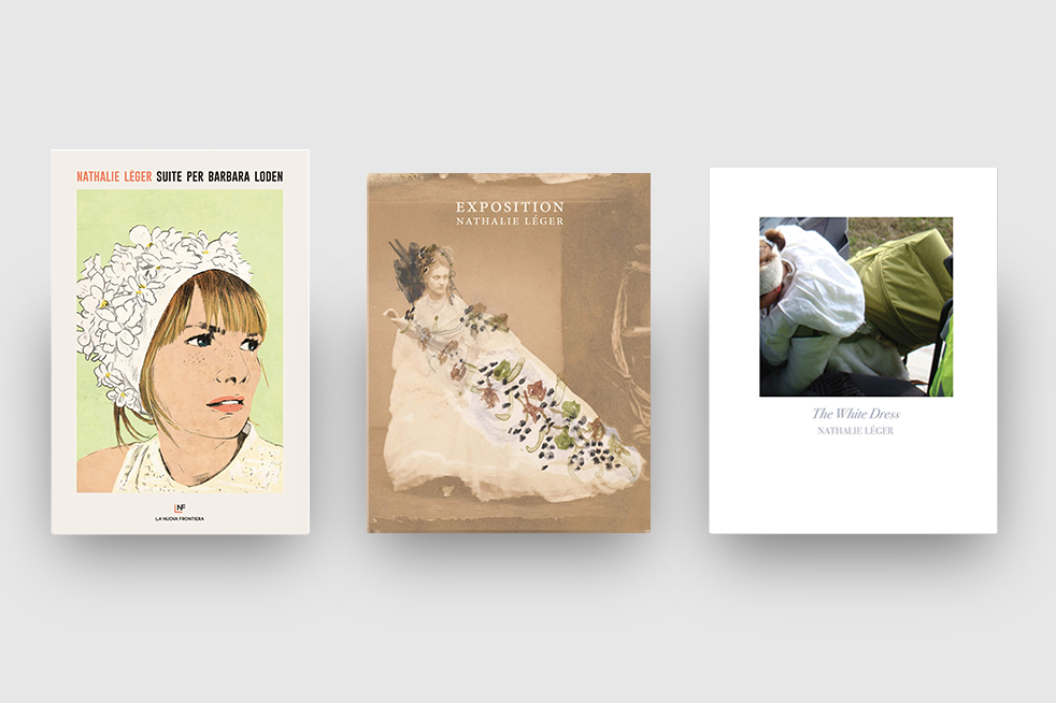

In the end, and there are many accounts that verify this, she entertained the dream of exhibiting her photos at one of the pavilions of the upcoming 1900 International Exposition….There would have been a poster, and she would have dithered at length over which photo to choose. The Countess of Castiglione was born in 1837. The dawn of photography could be said to date from January, 1839, when Louis Daguerre sold his daguerreotype method to the French government which, seven months later, presented it to the world, complete with working instructions. “This number is practically inconceivable for the era (many more photos than Mapplethorpe took of Lisa Lyon, and maybe even more than Cindy Sherman took of herself).” The photographer was Pierre-Louis Pierson. Leger - an art curator who has made her name with the publication of this book and two others ( Suite for Barbara Loden and The White Dress ) that together form a trilogy of meditations on the lives of women - suggests that there were perhaps 500 photographs that Virginia Oldoini, Countess of Castiglione, a noted Italian beauty of mid-19 th century France and a mistress of French Emperor Napoleon III, staged and posed for over the course of her life. …of course, she was happy with these homages, but that is not why she had herself photographed, she had herself photographed to construct, under the guise of frivolity, what Poe called “The chamber of melancholy.” To hold on, to silently hold on. Its separateness, isolation - like a photograph among photographs.

Yet, such connections are, it seems to me, of much less importance than the integralness, the integrity, the unity of each paragraph. To say, “stand-alone” may be misleading since, in some cases, there is some connection between one paragraph and the next. This is the first of maybe 150 stand-alone paragraphs in the 153 pages of Leger’s small-format work.

Surrender, premeditate nothing, want nothing, neither discern nor dissect nor stare, but rather shift, dodge, lose focus, and - slowing down - consider the only material that presents itself, in its disorder and even in its order.Īt the start of her luminous 2008 book Exposition, Nathalie Leger makes clear to the reader the need to abandon all expectations at the entryway.


 0 kommentar(er)
0 kommentar(er)
